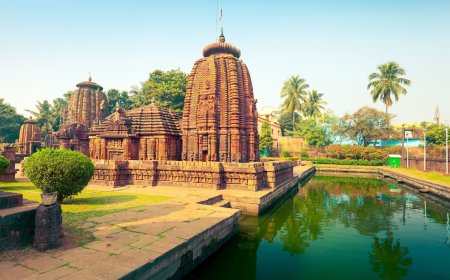A Hidden Himalayan Gem: Discovering the Tsum Valley Trek
A Journey Into the Sacred Himalayas
Tsum Valley Trek is a journey into one of Nepals most peaceful and culturally rich hidden valleys. Tucked away in the northern part of the Manaslu region, near the border with Tibet, this trek offers more than stunning scenery, it offers spiritual depth, timeless traditions, and quiet trails far from the crowds. Known as theHidden Valley of Happiness, Tsum Valley was only opened to trekkers in 2008, making it one of the most untouched regions in the Himalayas.The trek leads you through ancient Buddhist monasteries, prayer walls, and stone-carved villages that seem frozen in time. Here, the journey isnt just about nature its also about culture, history, and connection.

Trek Overview: Peaceful, Remote, and Culturally Deep
The Tsum Valley Trek typically takes 15 to 18 days to complete, covering a distance of around 150 kilometers (93 miles). The trail starts from Soti Khola or Machha Khola after a scenic drive from Kathmandu and follows the same route as the Manaslu Circuit for the first few days before splitting off toward the secluded Tsum region.
The trek rises gradually, reaching a maximum elevation of around 3,700 meters (12,139 feet) at Mu Gompa, the highest monastery in the valley. With fewer steep climbs and a more gradual pace, this trek is perfect for those who want a quieter, less physically demanding alternative to the high-altitude treks in the Everest or Annapurna regions.
Main Highlights of the Trek
Lokpa (2,240m):
The gateway to Tsum Valley, where the trail splits from the Manaslu Circuit.
Chumling and Chhokang Paro (2,386m3,010m):
Traditional Tsumba villages with stone houses, barley fields, and stunning views of Ganesh Himal.
Rachen Gompa and Mu Gompa (3,240m3,700m):
Ancient Buddhist monasteries perched high in the valley, where monks and nuns live a life of quiet devotion.
Dephyudonma Monastery:
A sacred cave monastery believed to be where the founder of Tibetan Buddhism meditated.
The Tsumba People:
Warm, welcoming locals who follow Tibetan Buddhism and live in close harmony with the mountains and their traditions.
Why This Trek is Special
What makes the Tsum Valley Trek stand out is its deep spiritual energy and cultural purity. While most treks focus on towering peaks and high passes, this one offers a slower, more intimate look at Himalayan life. The region has been untouched by modern development, and many of the villages still follow ancient customs.Unlike busier treks, you wont see crowds or noisy teahouses here. Instead, youll hear the wind flutter through prayer flags, the chants from local monasteries, and the soft rhythm of footsteps on quiet trails.The valley is part of the Tsum Nubri Conservation Area, protecting its wildlife, forests, and cultural landmarks. For those seeking meaning as well as beauty, this trek is a rare and unforgettable find.
Trek Difficulty and Acclimatization
The Tsum Valley Trek is considered moderate in difficulty. The trails are well-marked but can be rugged and remote, with basic accommodation along the way. Since the altitude stays below 4,000 meters, the risk of altitude sickness is lower than on many other Himalayan treks. Still, taking a slow pace and acclimatizing properly is important, especially after entering the higher parts of the valley.
Best Time to Trek
The best seasons for the Tsum Valley Trek are spring (March to May) and autumn (September to November). These months offer the clearest skies, best views, and comfortable temperatures. In spring, rhododendrons bloom along the lower trails, while autumn offers crisp mountain air and golden landscapes.Trekking in winter is possible for experienced trekkers, but many lodges close, and snow may block the higher routes. The summer monsoon season (June to August) brings heavy rain and slippery paths, making it less ideal for this trek.
Local Life and Culture
The people of Tsum Valley, called the Tsumba, practice Tibetan Buddhism and live lives deeply rooted in simplicity, kindness, and spirituality. Along the trail, youll see mani walls, chortens, and prayer flags that fill the valley with color and meaning. Many villagers still wear traditional clothes and speak a dialect of Tibetan.Visiting monasteries like Rachen Gompa and Mu Gompa offers a special chance to learn about meditation, Buddhist teachings, and the peaceful monastic way of life. Staying in local teahouses gives you a glimpse into Tsumba hospitality simple but full of heart.
Conclusion: A Trek for the Soul
The Tsum Valley Trek is more than just a walk through the mountains its a step back in time and a journey inward. With its peaceful trails, strong cultural roots, and warm people, it offers a unique kind of adventure: one that touches your heart as much as your feet.If youre looking for a quieter, deeper trekking experience in Nepalm away from the crowds and close to the spirit of the HimalayasTsum Valley is waiting.






























